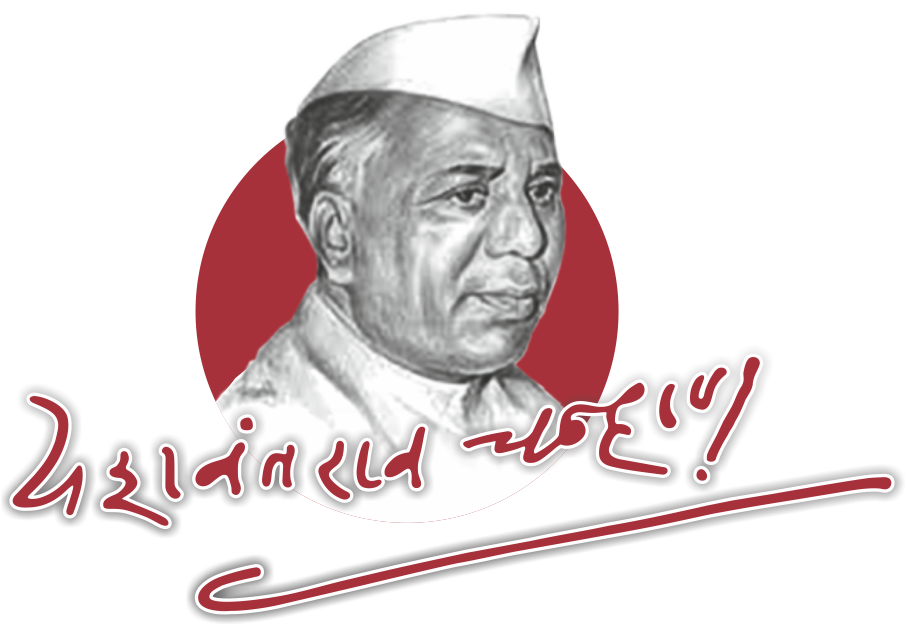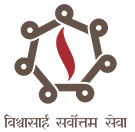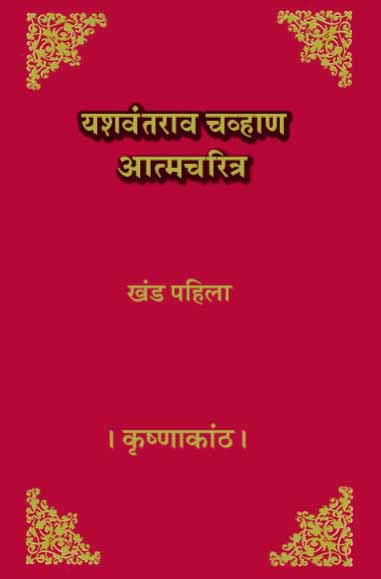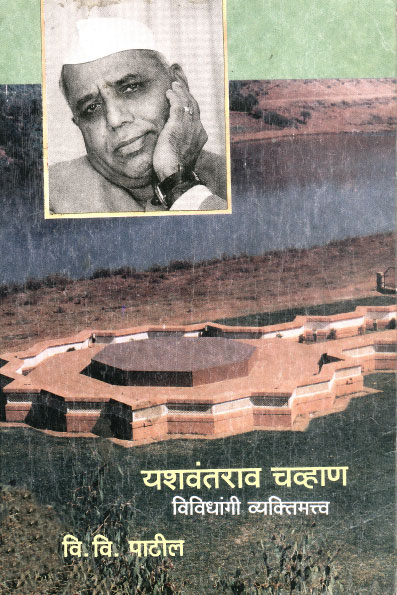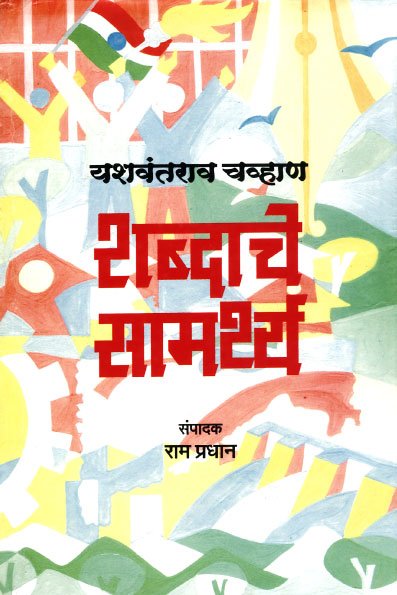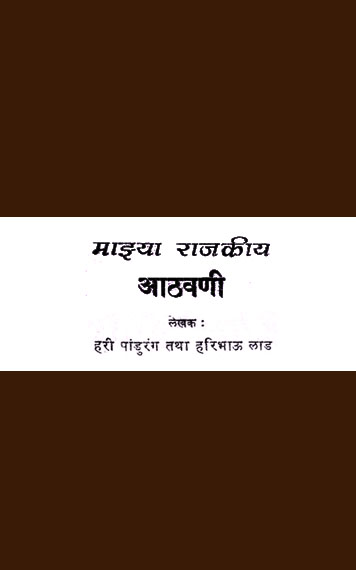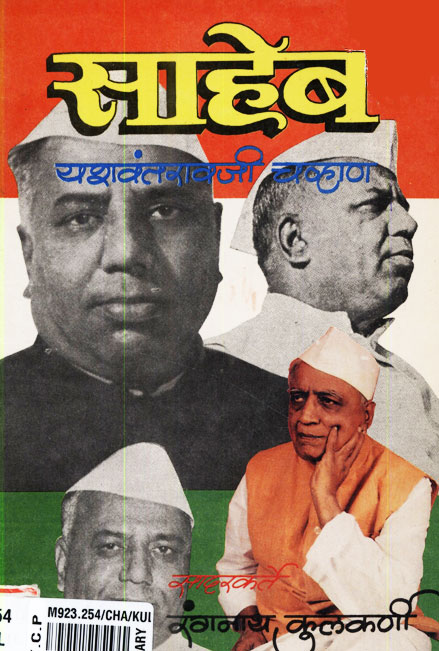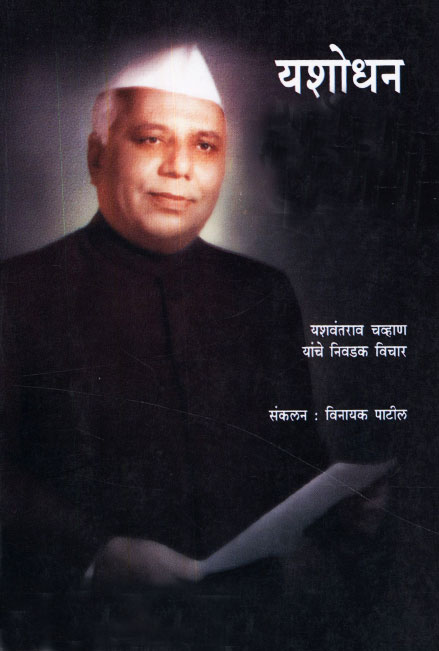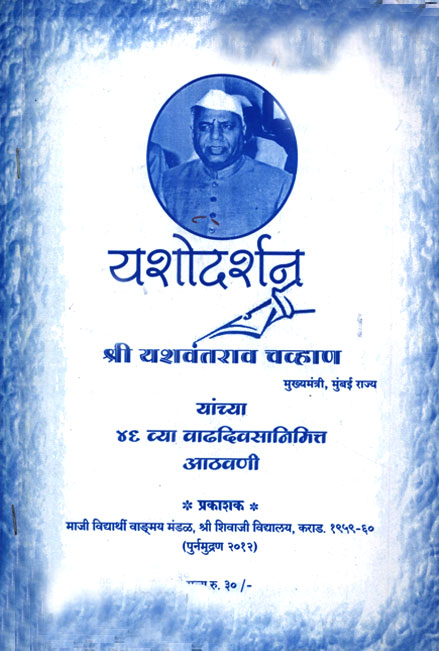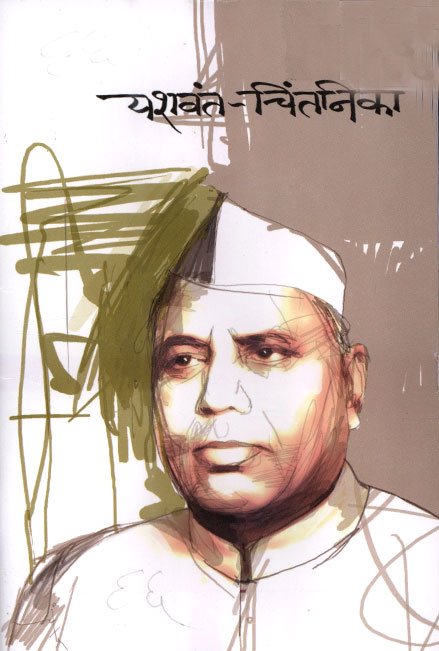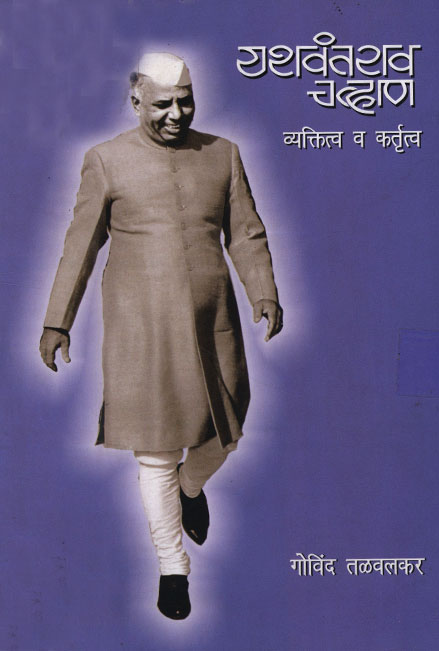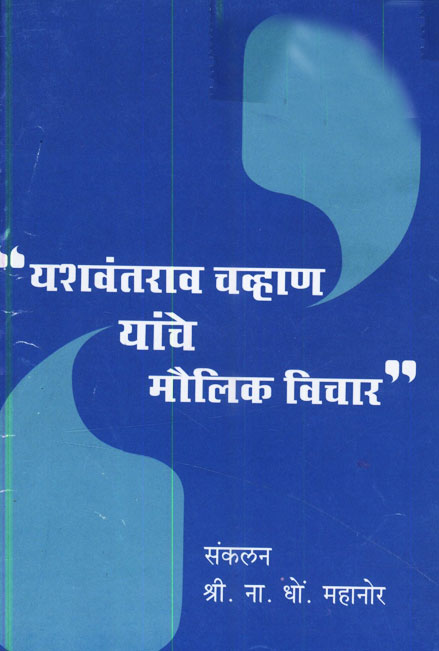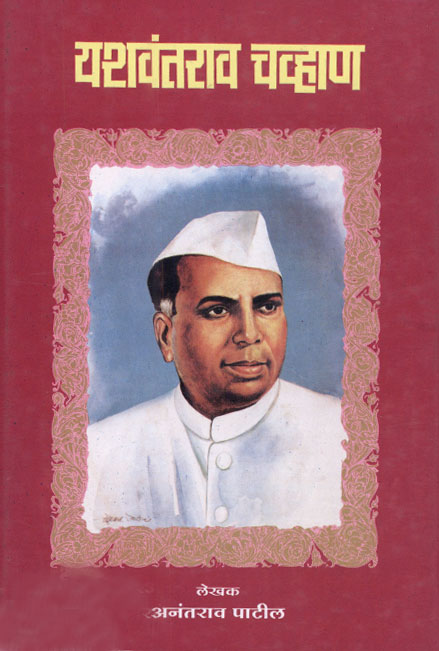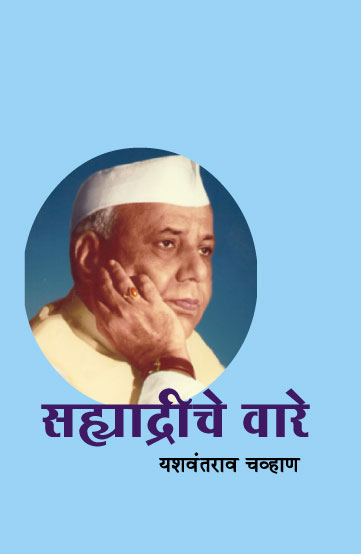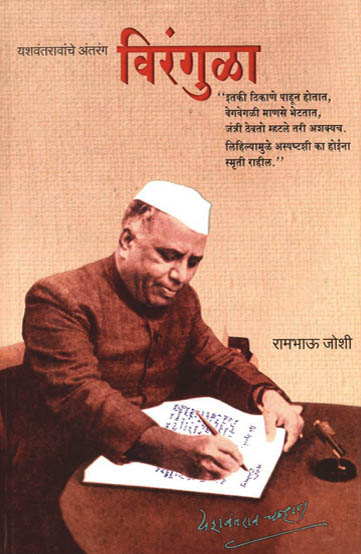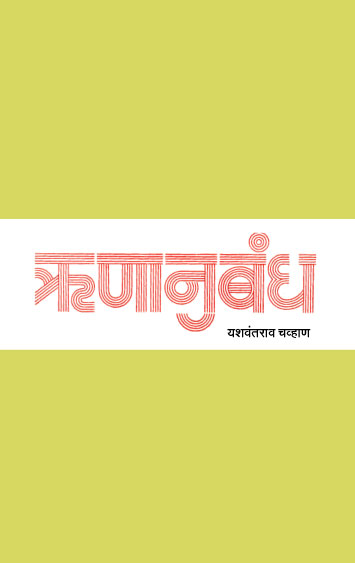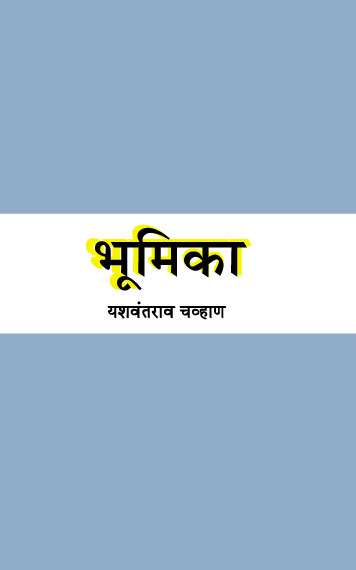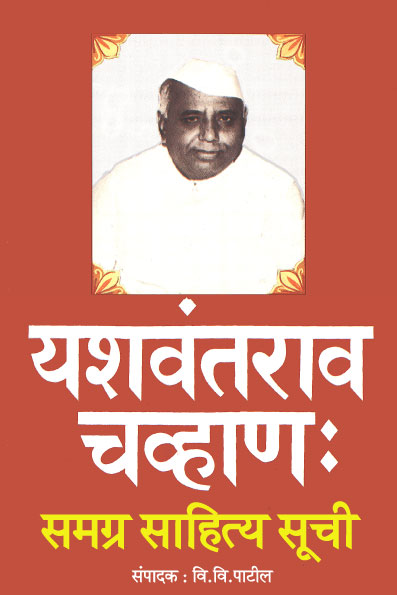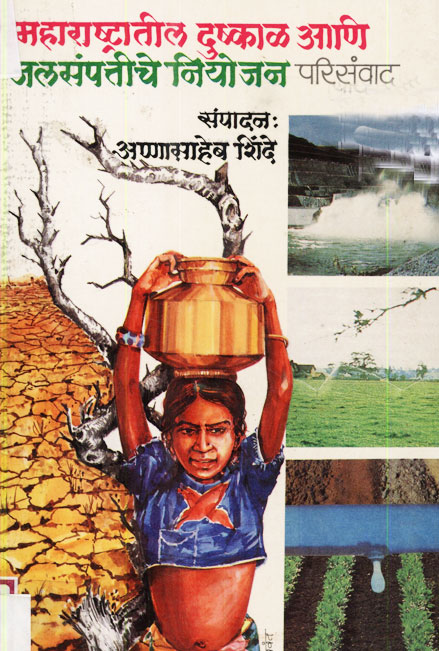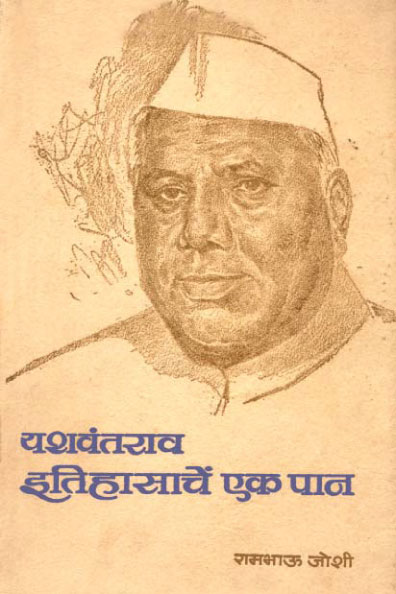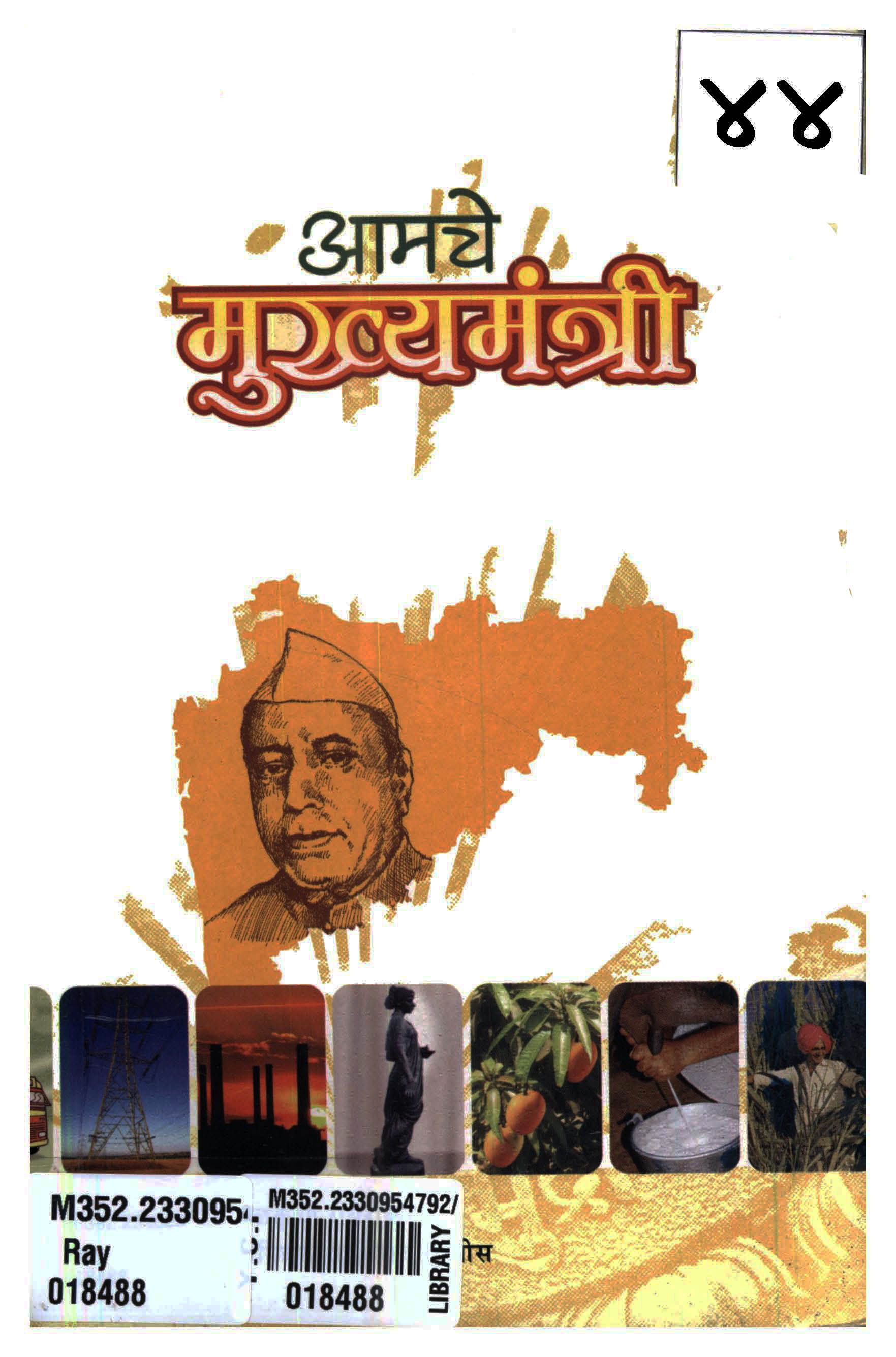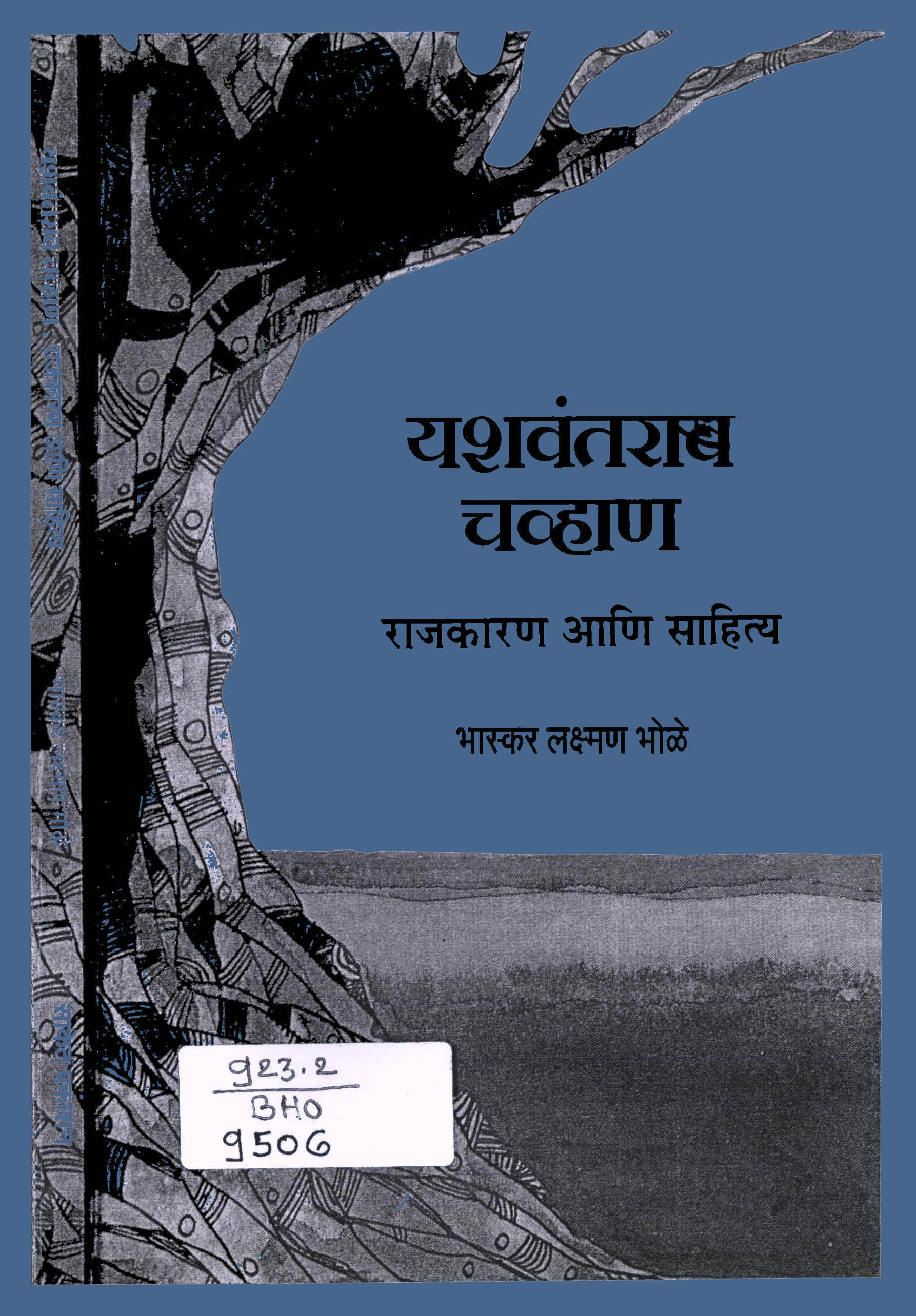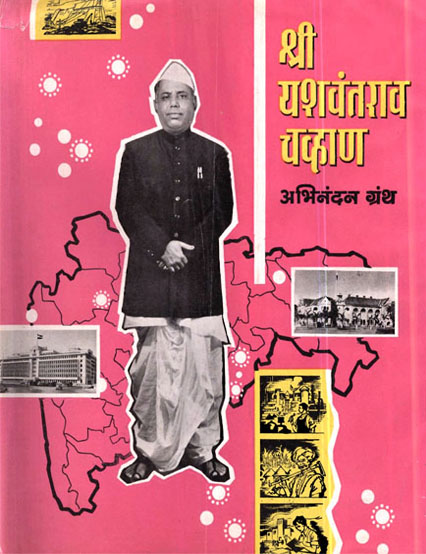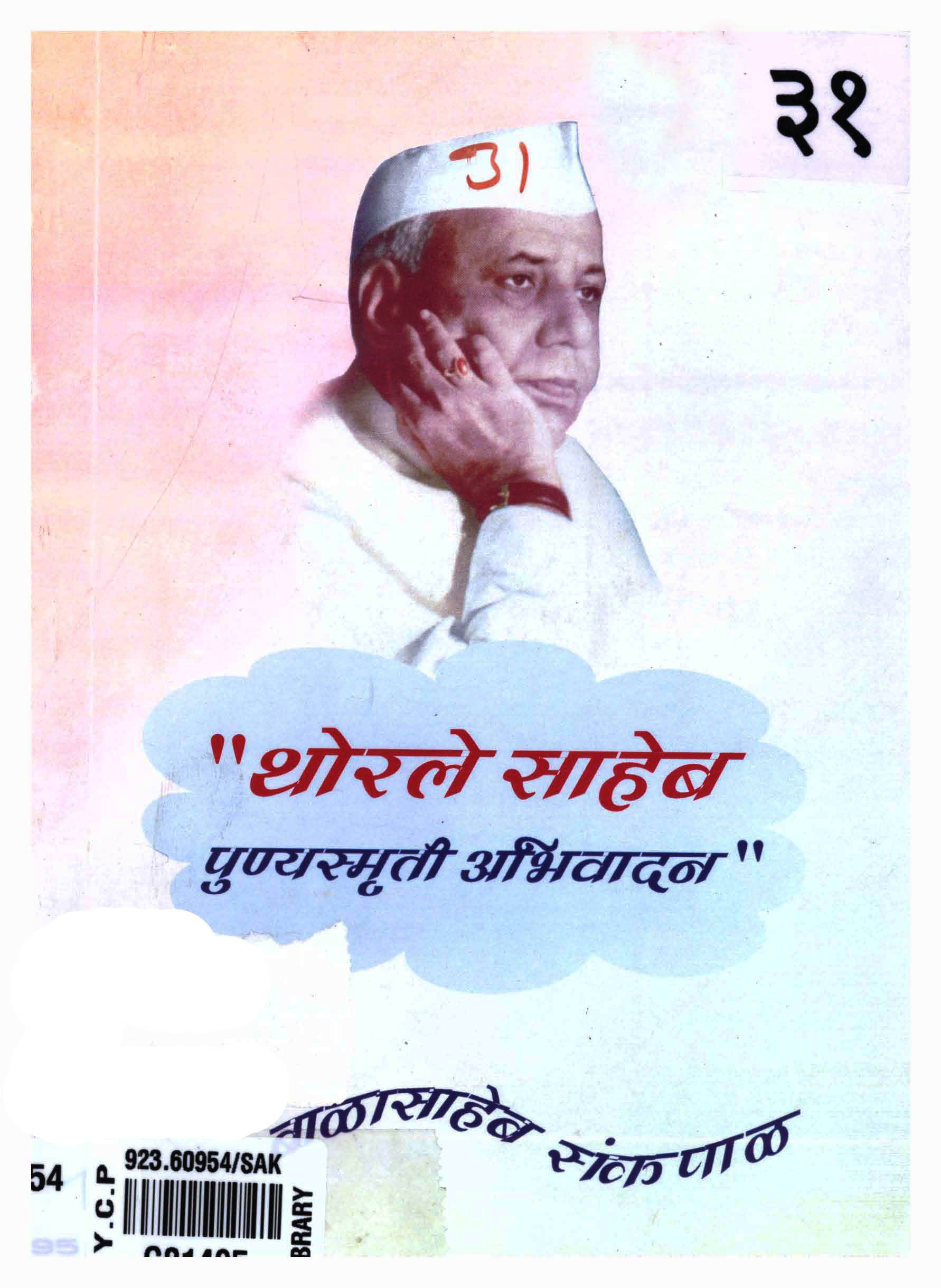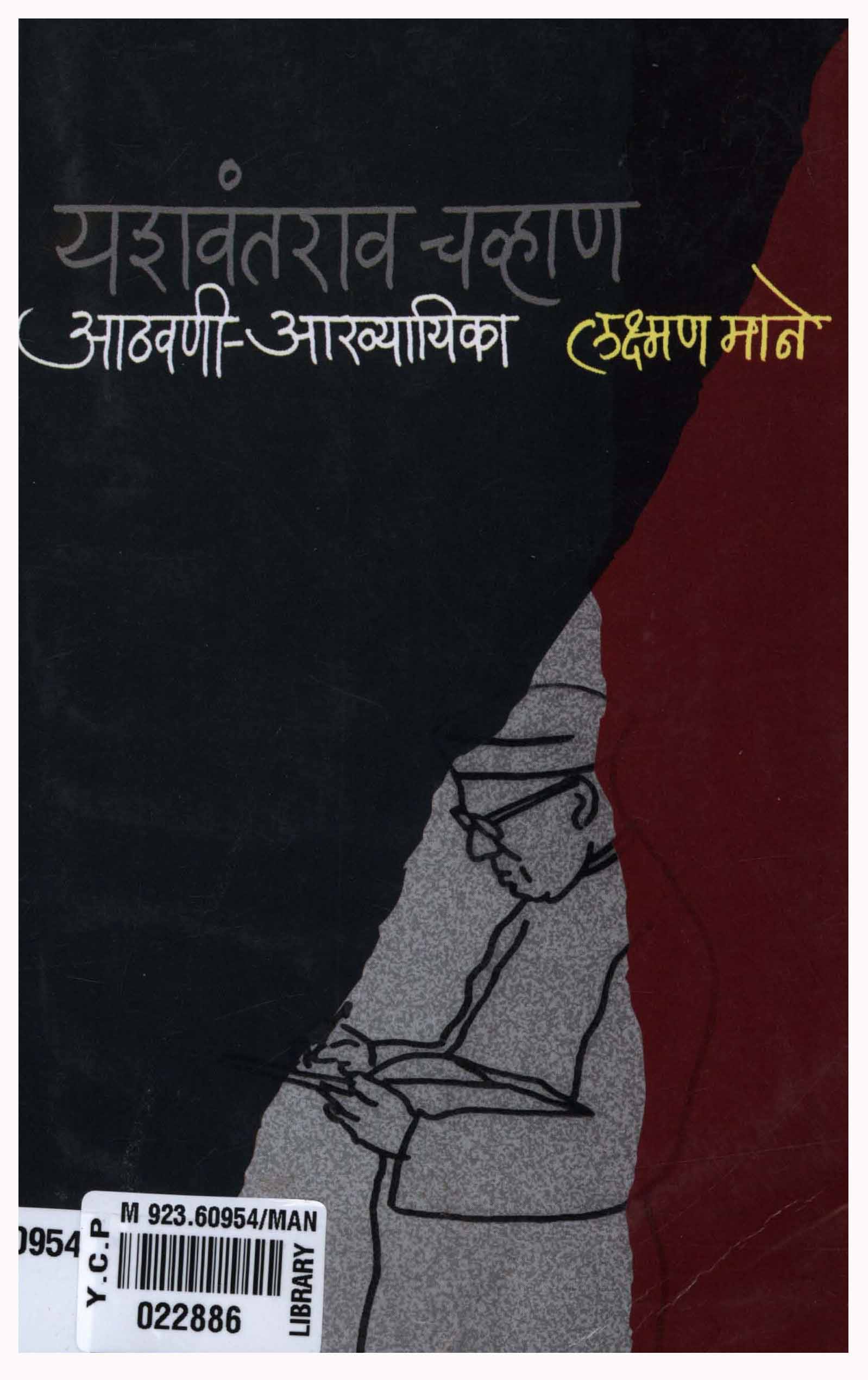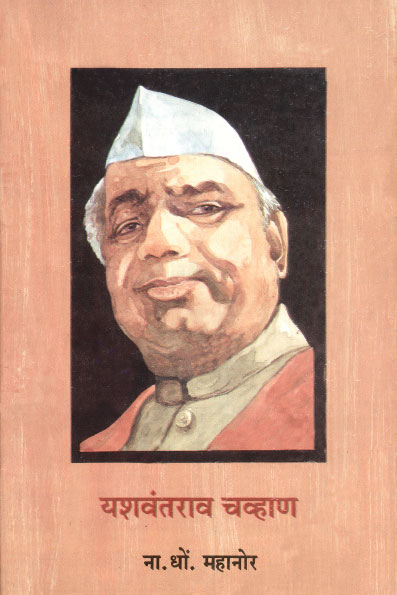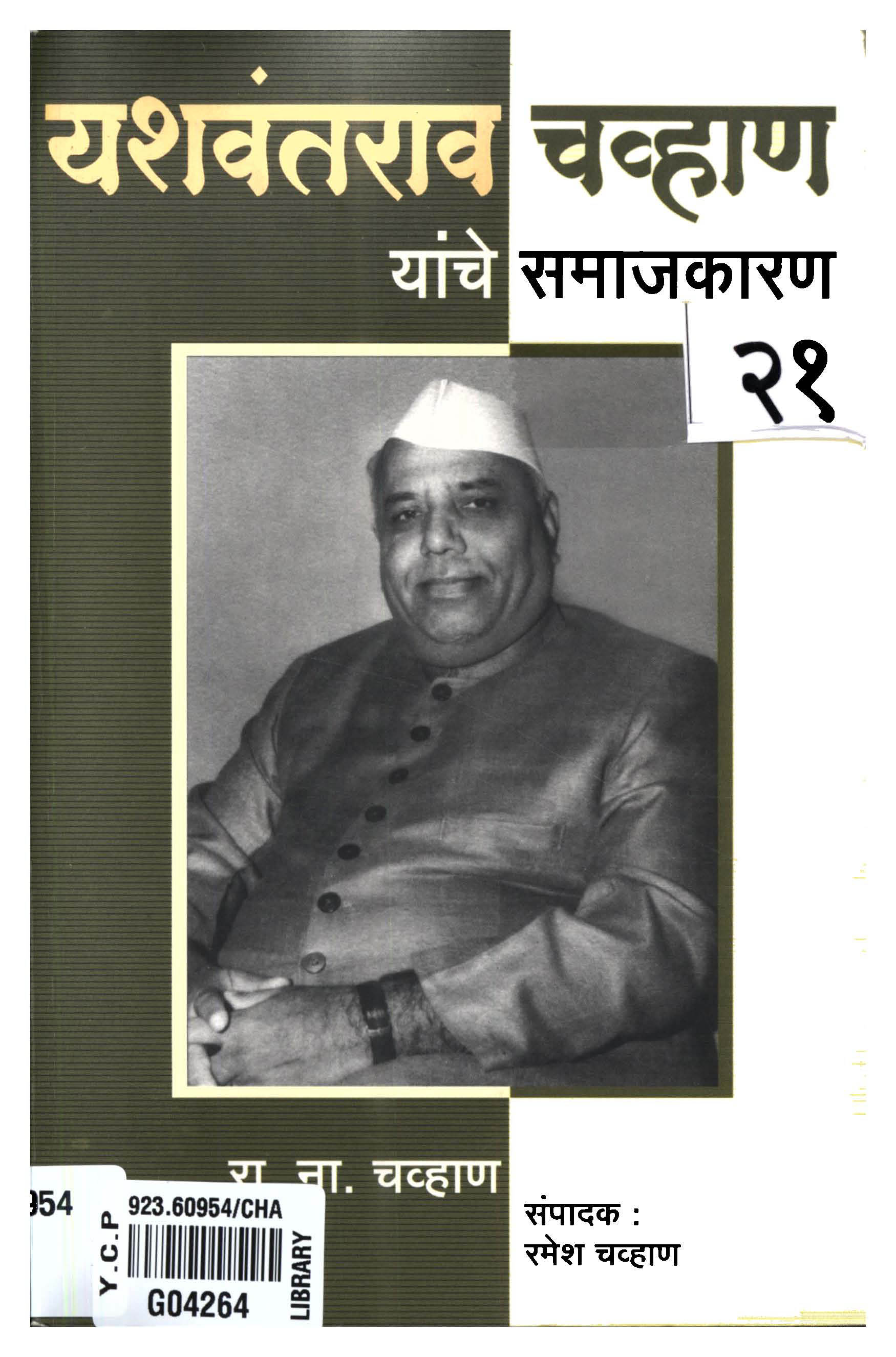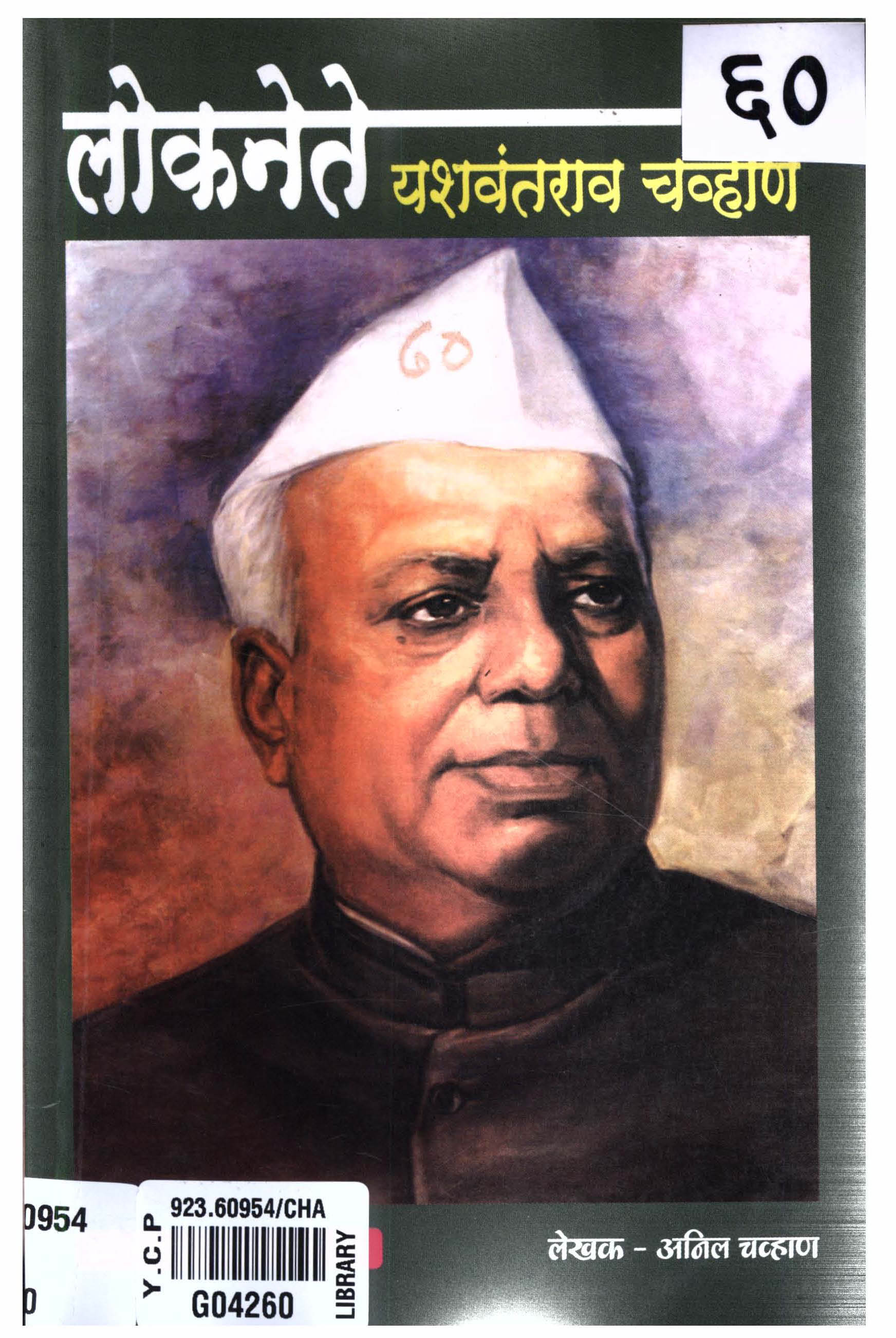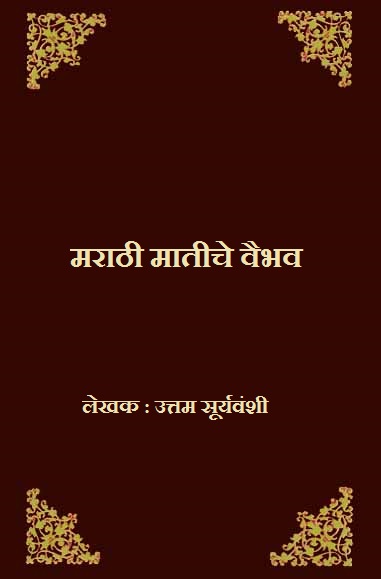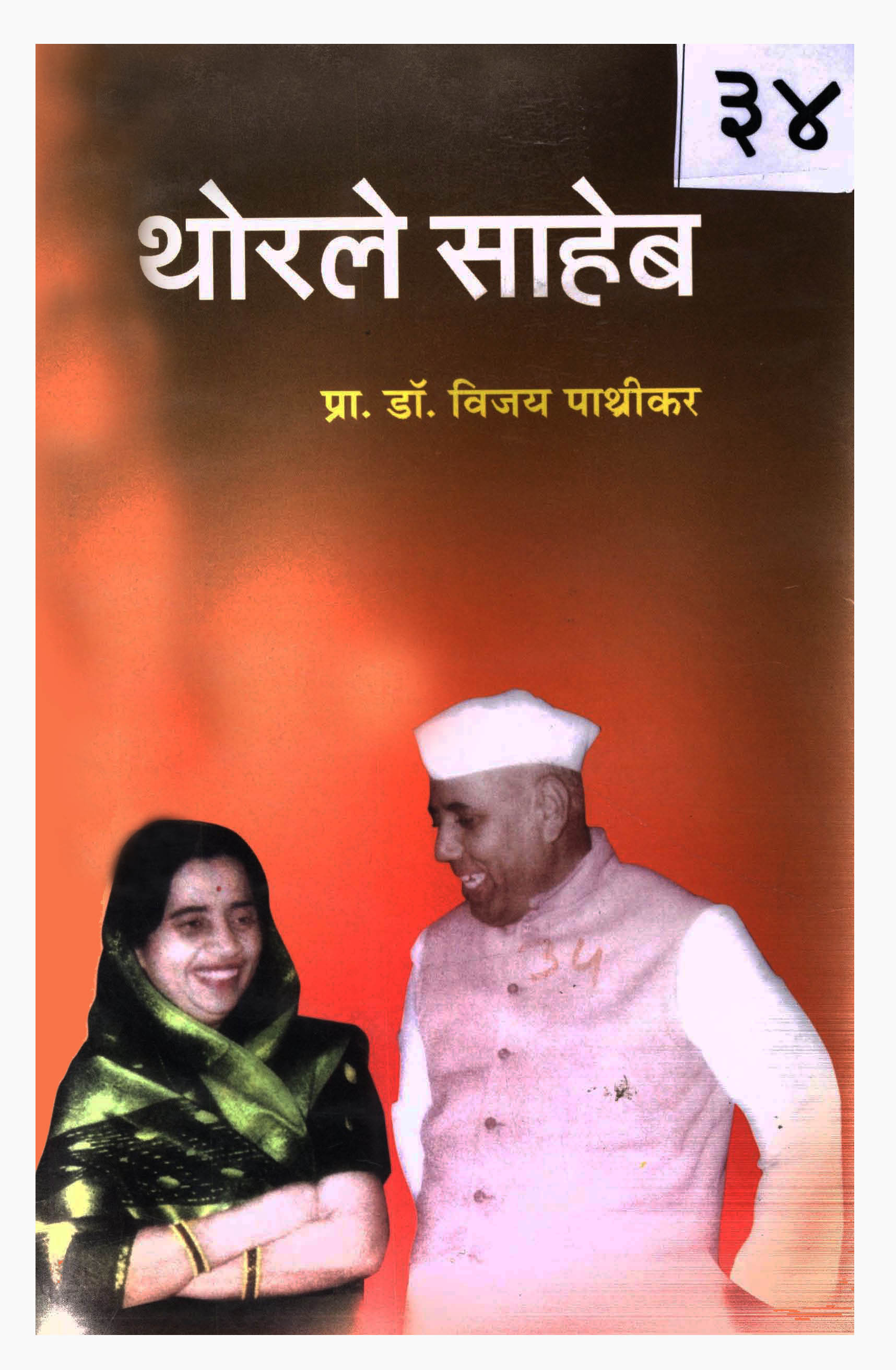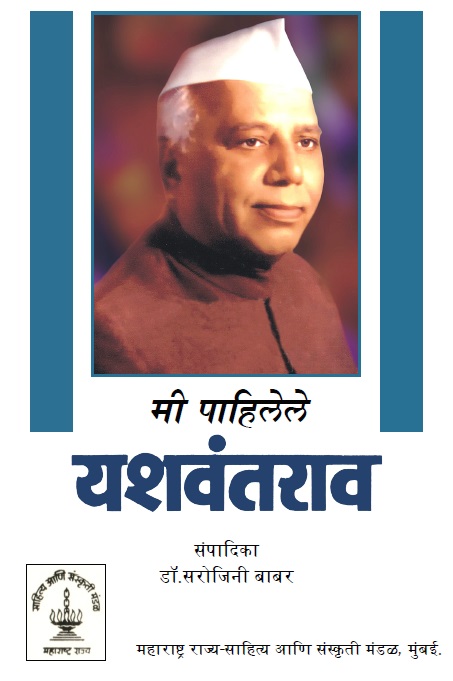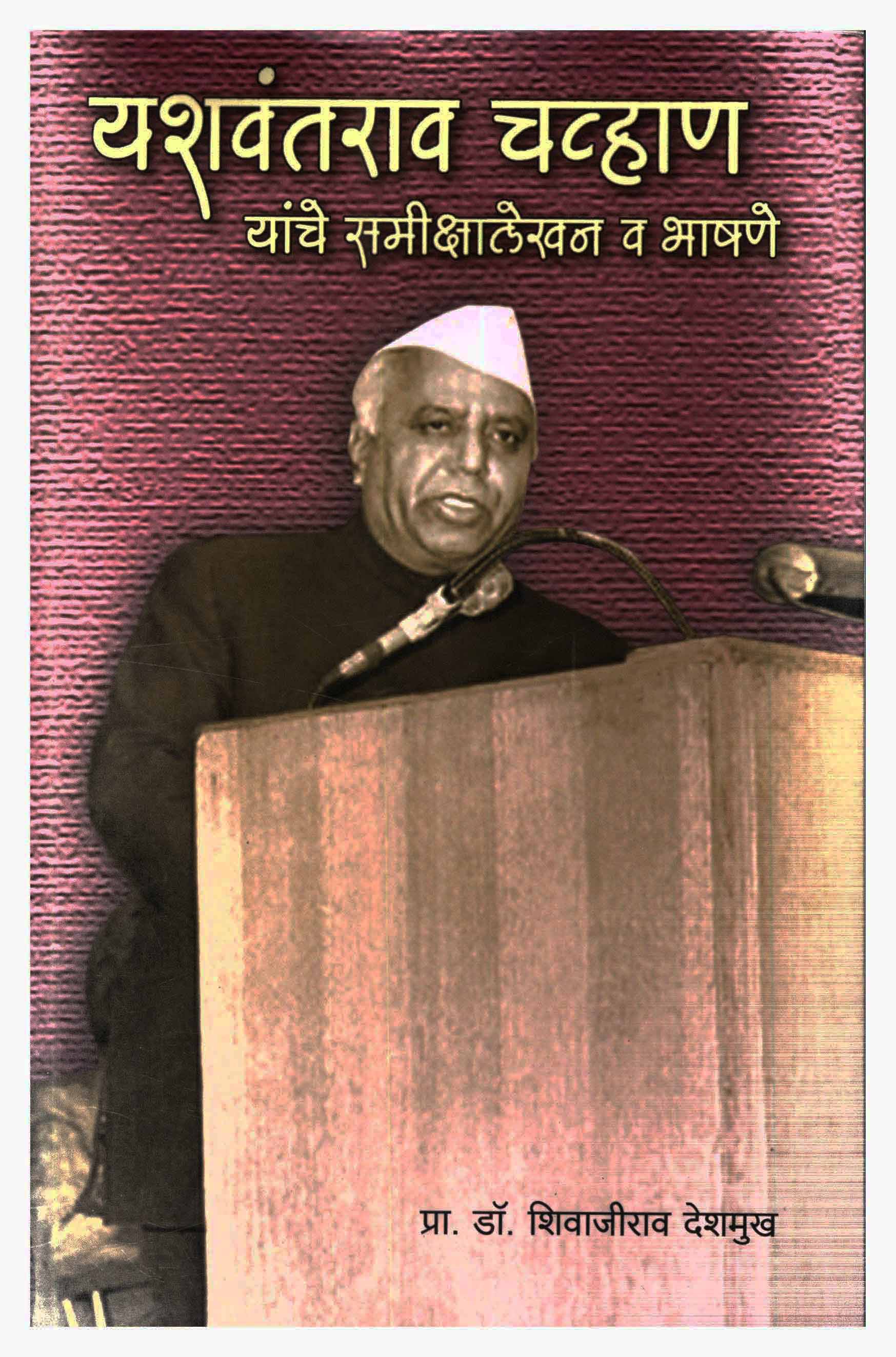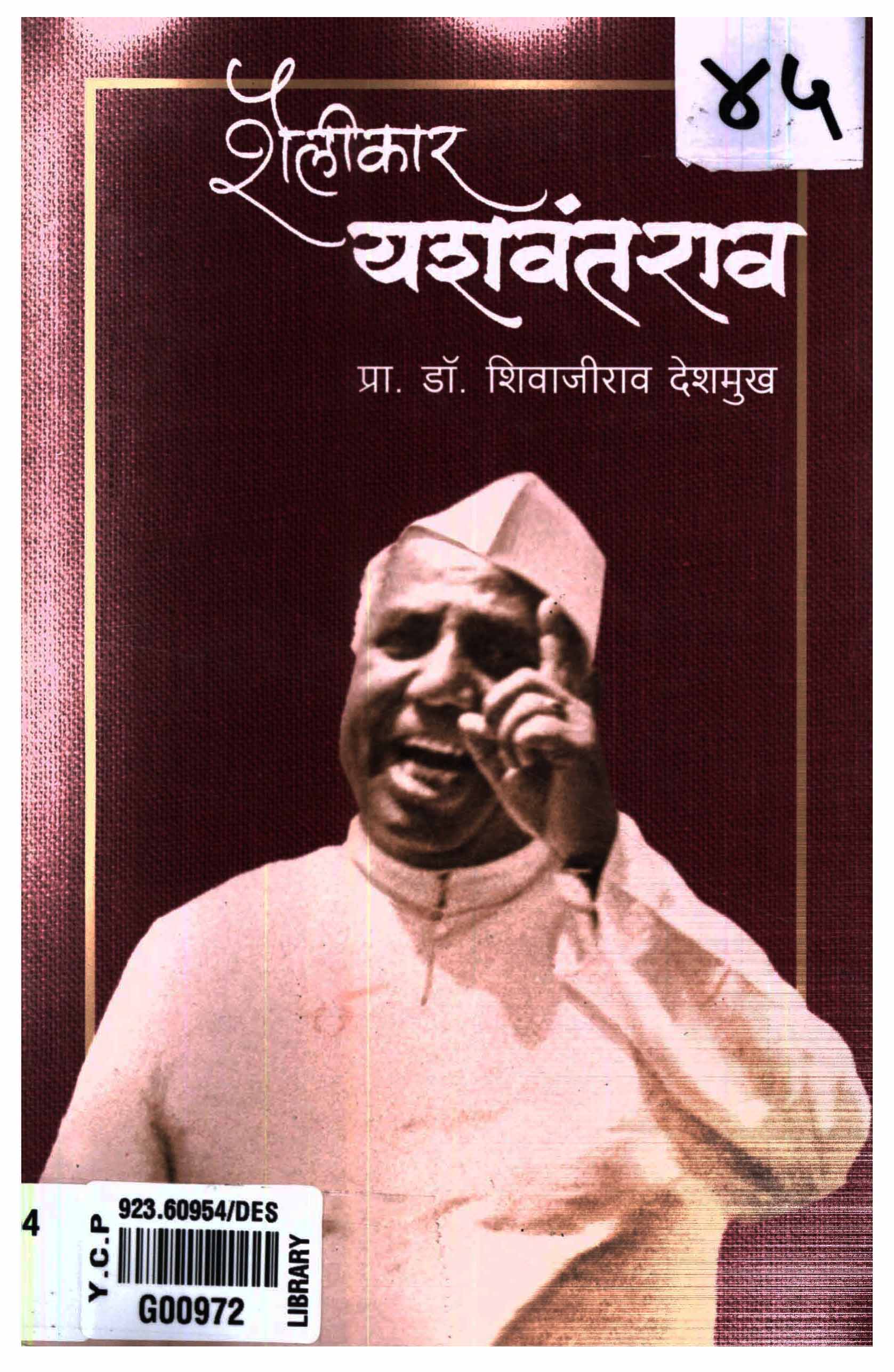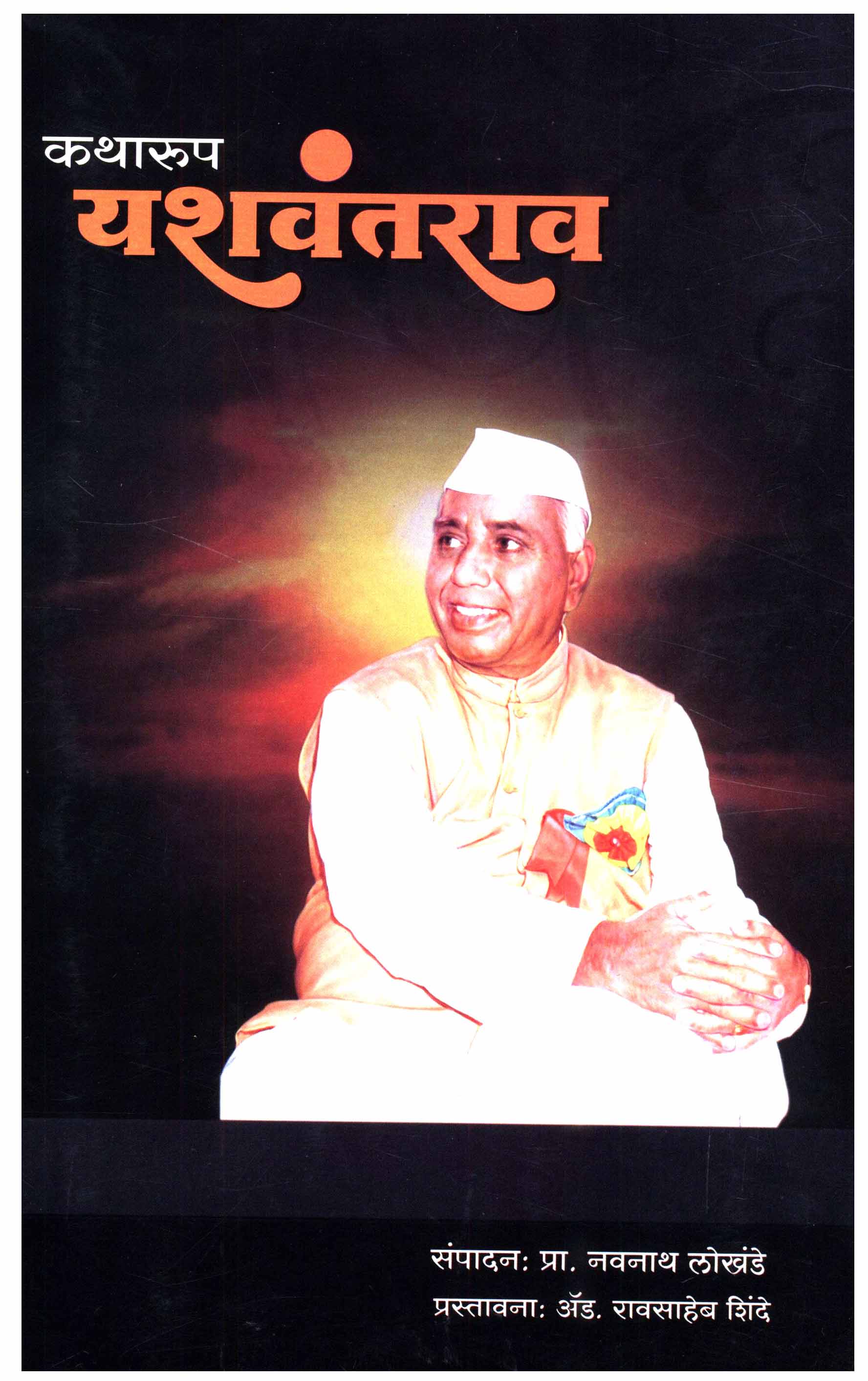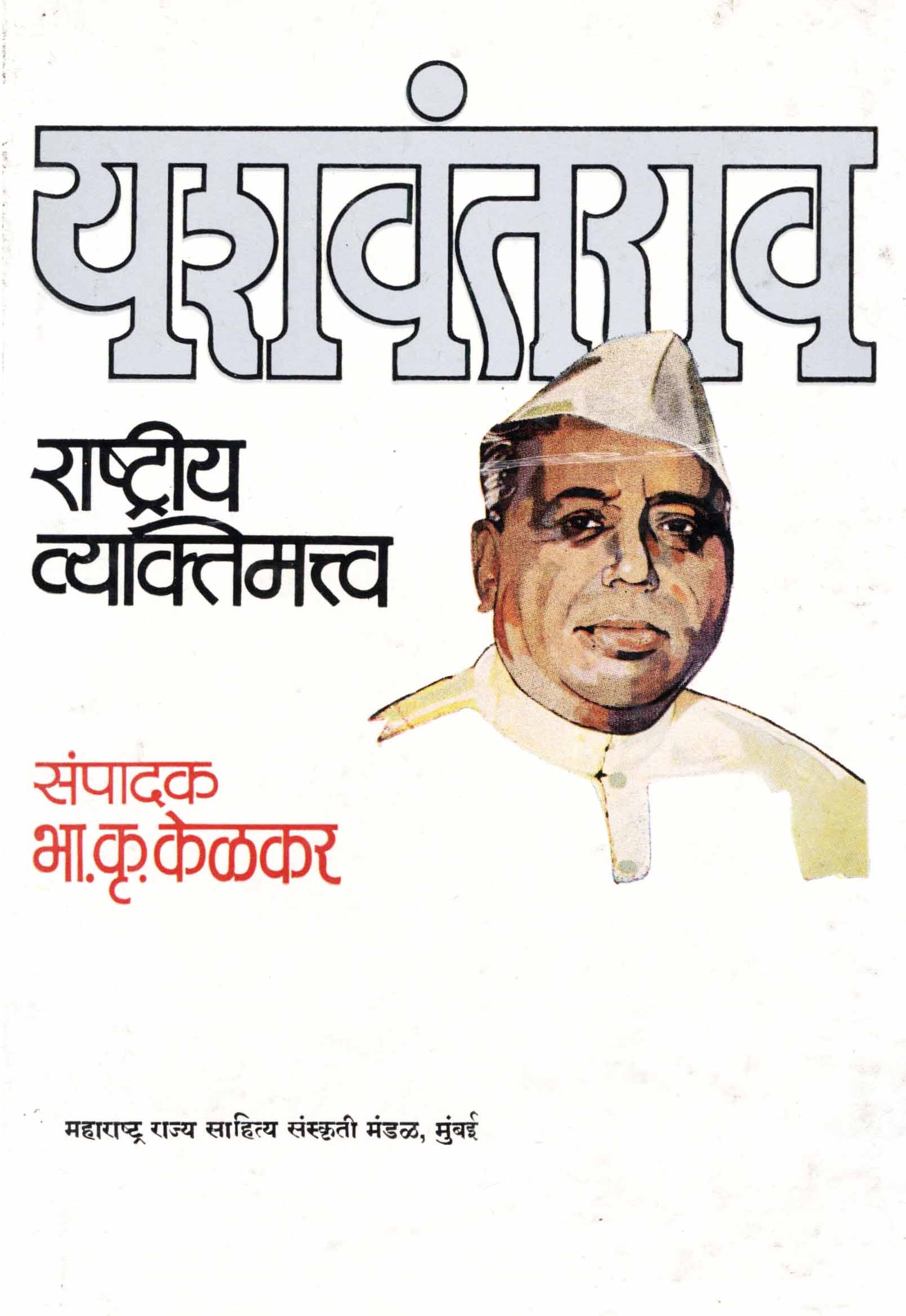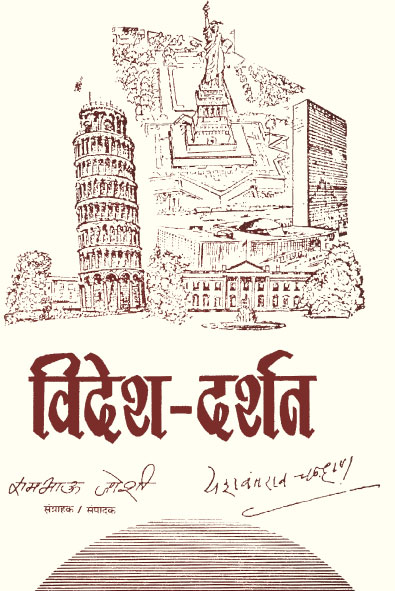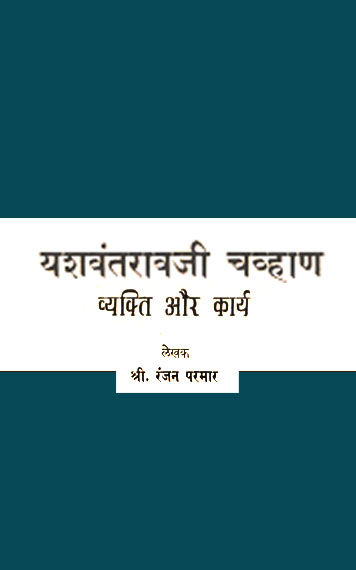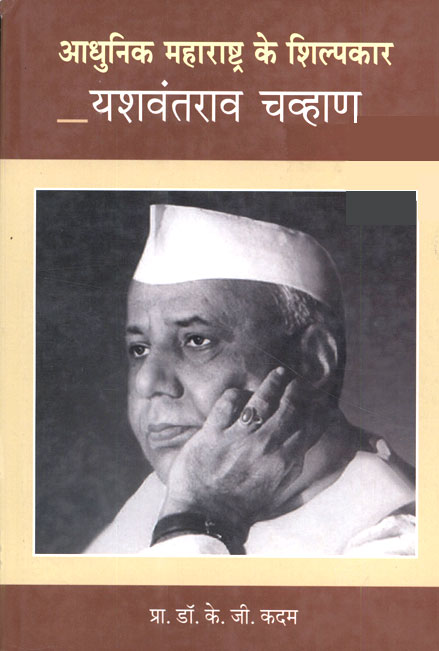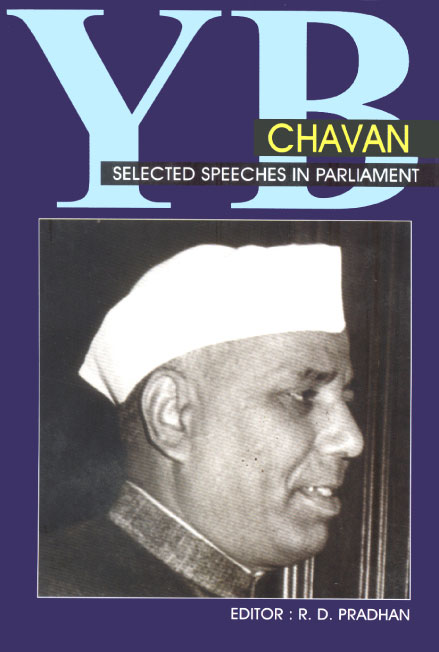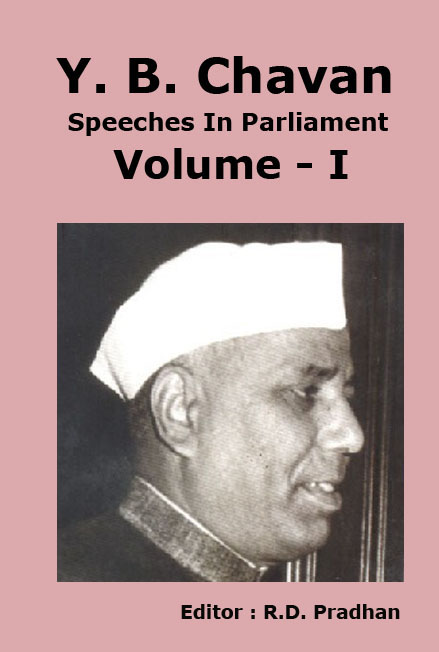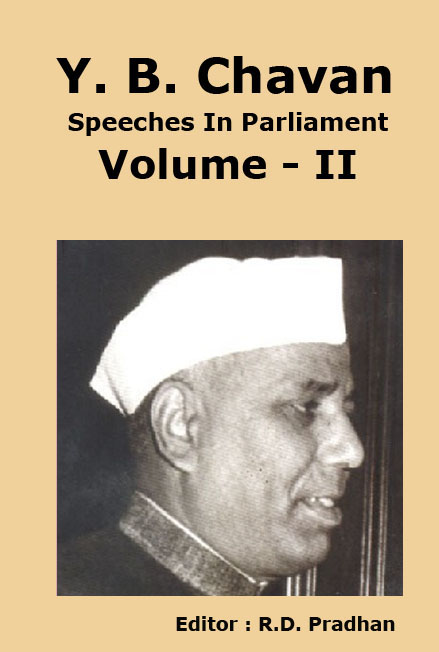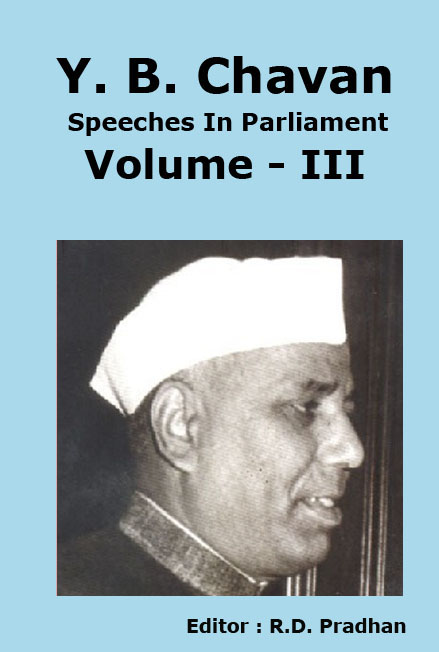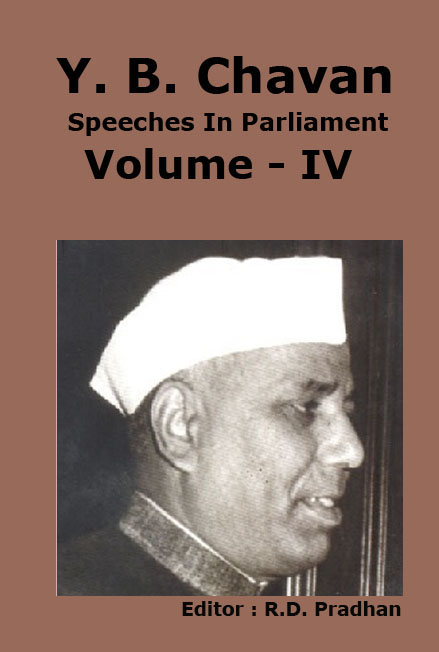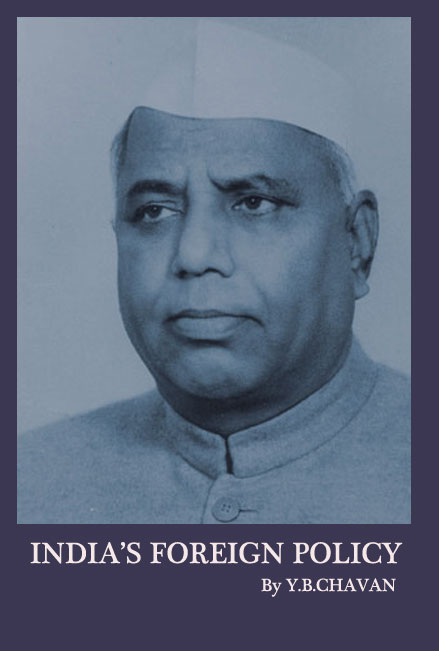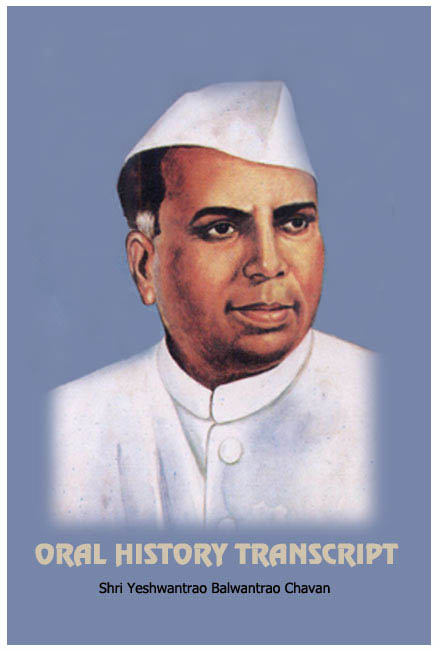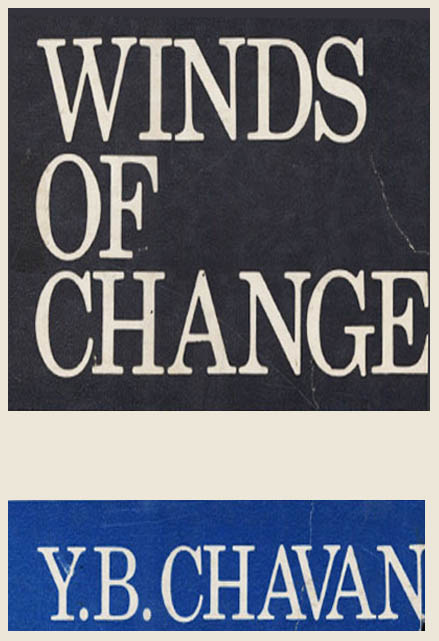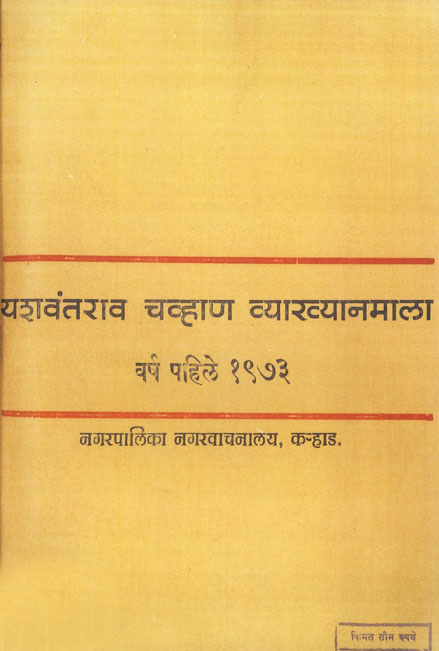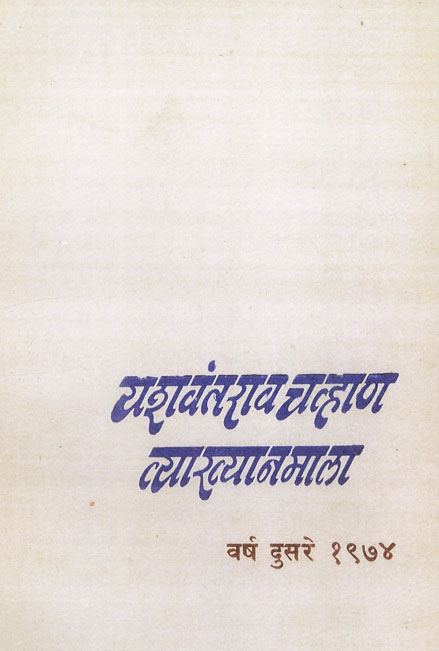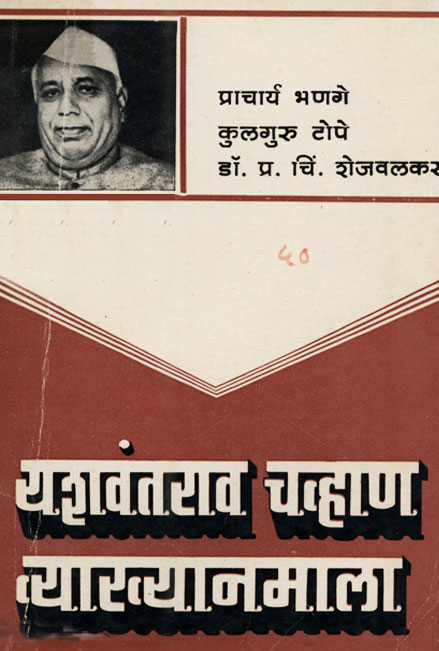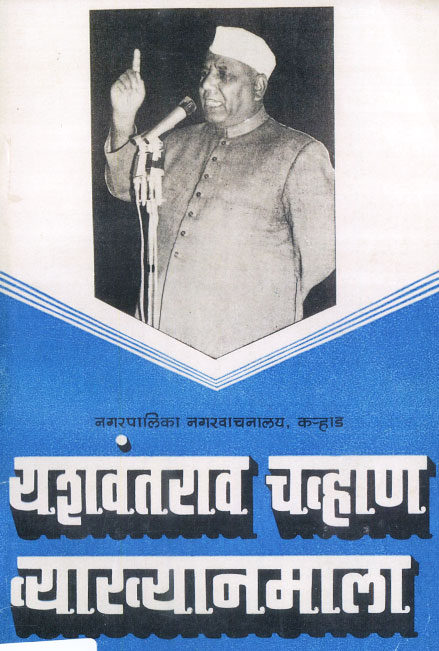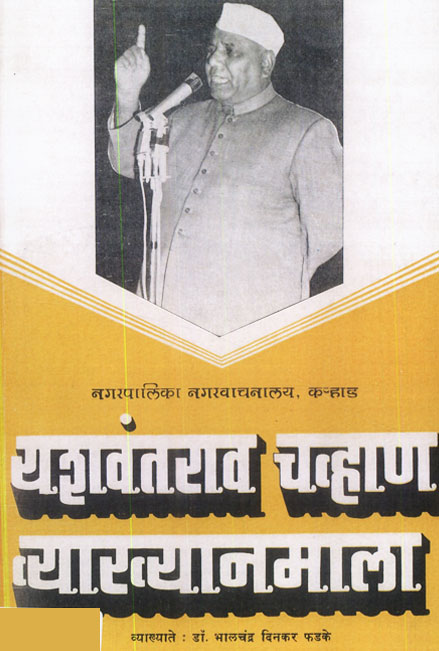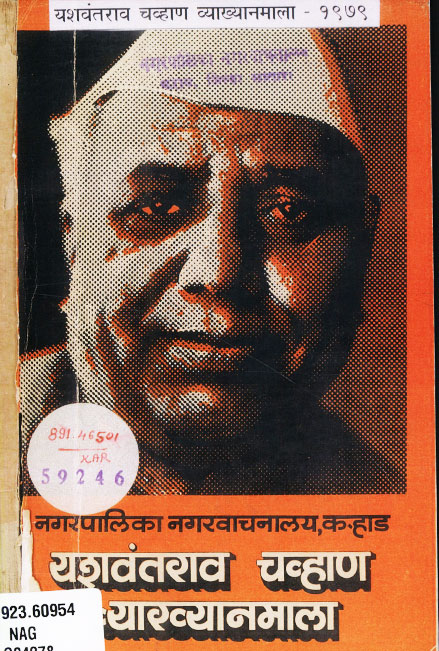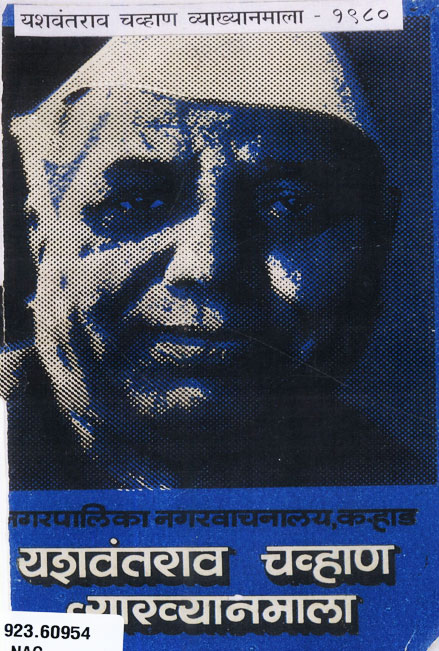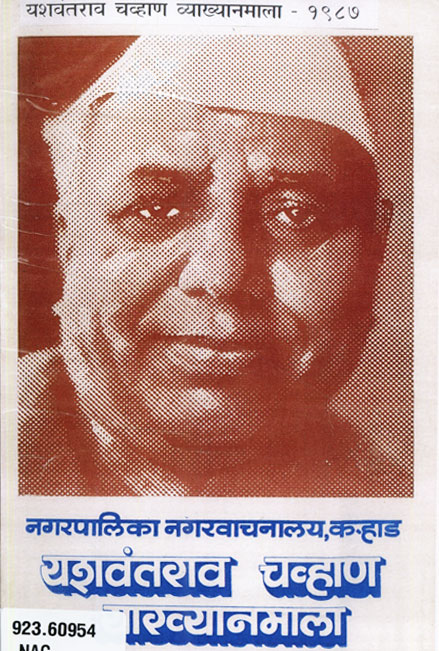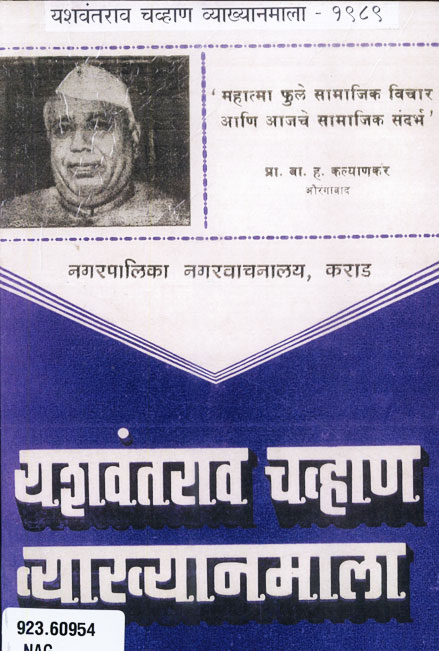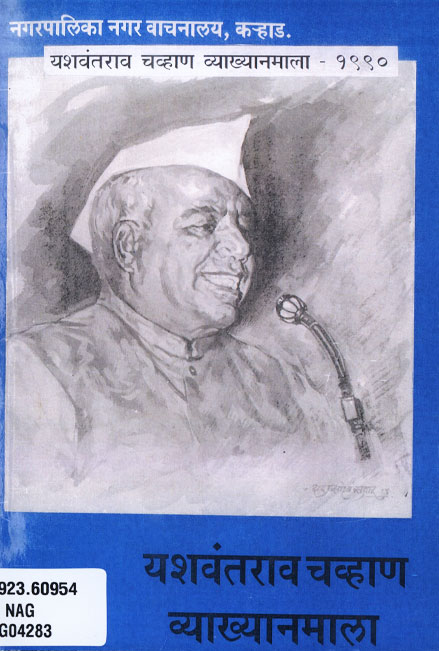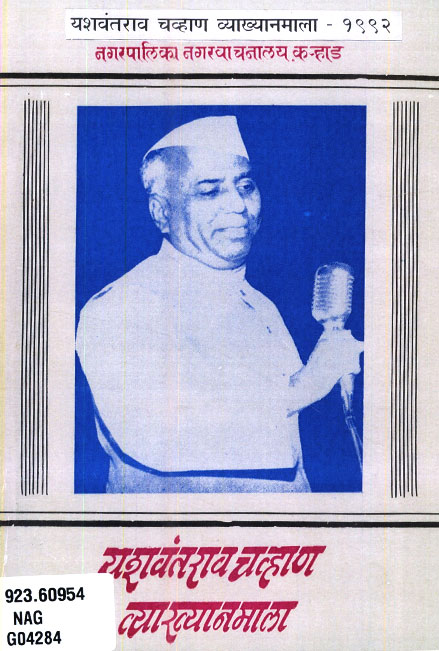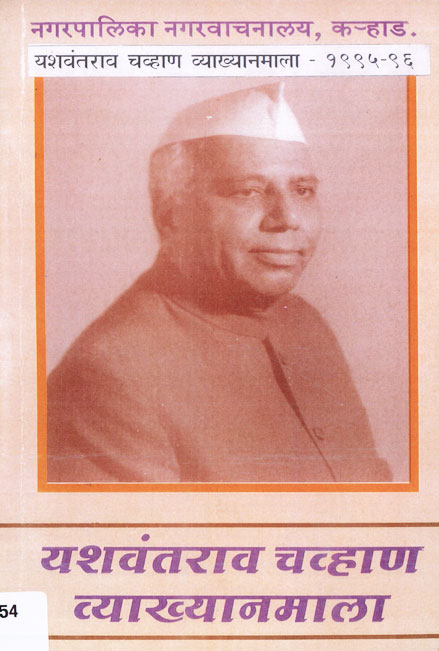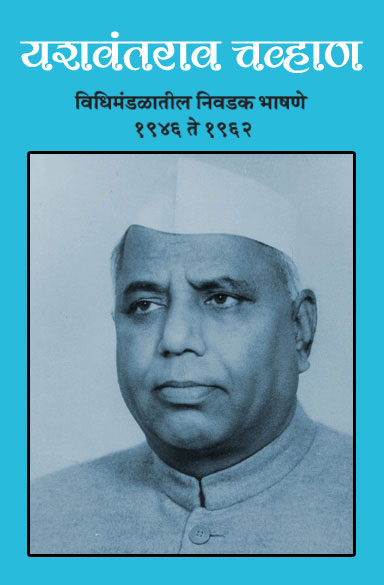43. Y. B. Chavan - The Lover of History
Dr. P. N. Chopra
Chief Editor - Indian Council of Historical Research
I remember rather with poignant feelings the last time I met Shri Y. B. Chavan when he was arranging flowers on the photo of his beloved wife whom he had lost only a year earlier. That was perhaps the greatest tragedy for him after the death of his Private Secretary, Shri. Dongre who had been with him through tick and thin. Hardly did I visualise that this was going to be our last meeting. As usual, Shri. Chavan was discussing historical matters and was anxious to know when the book on 'The Role of Satara in Quit India Movement' is likely to be published. He had contributed a Foreword to this book and had requested me to make arrangement for its publication and I had been able to persuade the Allied Publishers to undertake its publication. A few days later I heard the shocking news that he was no more. What appeared to be a mild infection eventually led to his death has remained a mystery to his friends and admires.
I do not exactly remember when I met Shri. Y. B. Chavan for the first time but it was soon after he took over as India's Defence Minister after the debacle in the Sino-Indian war of 1962 when he was called to the Centre by Jawaharlal Nehru. It was no easy decision to relinquish a post of Chief Minister of an important State like Maharashtra where he had such source and deep roots and tke up an assignment in the uncertain political atmosphere of Delhi and particularly at that crucial stage in the country's history. Bit it goes to the credit of Shri. Chavan that he infused a new life in our defence forces and boosted the morale of our army. Like a true Maratha he took command of the situation with an iron will and tried to restore the prestige of our country. But whether as a Defence Minster or later on as a Minister for Home Affairs and even Finance, he continued to take keen interest in literary pursuits and was ever willing to discuss historical problems. I have had the occasion to meet him quite often and came close to him when I was entrusted with the task of compiling 'Who's Who of Indian Martyrs' when he was the Home Minister. He was anxious that the memory of those who had lost their lives in the country's struggle for freedom should be preserved for posterity and the first volume in the series should be brought out to coincide with the Centenary Celebrations of Gandhi Jayanti in October 1979. He had given an undertaking to the Parliament on the Floor of the House and had put me as Chief Editor to bring out this volume in a record time. To his great pleasure and admiration, this volume was duly brought out in September and won the acclamation of the scholarly circles as well as of those interested in India's freedom struggle. He was the Chairman of the Advisory Committee for 'Who's Who of Indian Martyrs' with Dr Triguna Sen, Minister of Education and Shri. Bakhat Darshan, Minister of State for Education as members and myself as the Member-Secretary.
It was mainly through Shri Chavan's keen interest and guidance that we were able to bring out three volumes which contain the life-sketches of about ten thousand patriots who were hanged or killed for the country's struggle for freedom. In the Foreword to Volume I ' Who's Who of Indian Martyrs' was conceived as much for paying the homage of a grateful people to their martyrs as to keep alive their memory. This will be a constant reminder for our future generations not to forget that the edifice of Free India has been built on untold sacrifices. The publication of this book during the Gandhi Centenary Year has a special significance. Gandhiji's dream of a Free India became a reality only because of the sacrifices of thousands of freedom-fighters many of whom would always remain anonymous and whose names will never find mention in the pages of our history. This is one way to express our deep and abiding gratitude to them." It can perhaps be told now that the question of the photos of Bhagat Singh and Udham Singh created some problem as Gurudwara Prabandhak Committee insisted that they might be shown as Sikhs. The Advisory Committee over which Chavan presided decided that Bhagat Singh's popular photo with a felt hat should be used. However, when the Minutes went to him for approval he wrote that this matter might be left to the discretion of the Chief Editor. To avoid any controversy I decided to publish both the photos which supported beard and supplies by the Gurudwara Prabandhak Committee and the other popular one. This avoided any political controversy over the subject. At the Press Conference which followed humorously enquired which State had the largest number of martyrs in the volumes. He was happy to note that Punjab led all others. As we all know the four States viz. Bengal, Maharashtra, U.P. and Punjab were the main centres of revolutionary activities but the largest number of martyrs numerically came from Punjab due to the Jallianwala Bagh tragedy.
